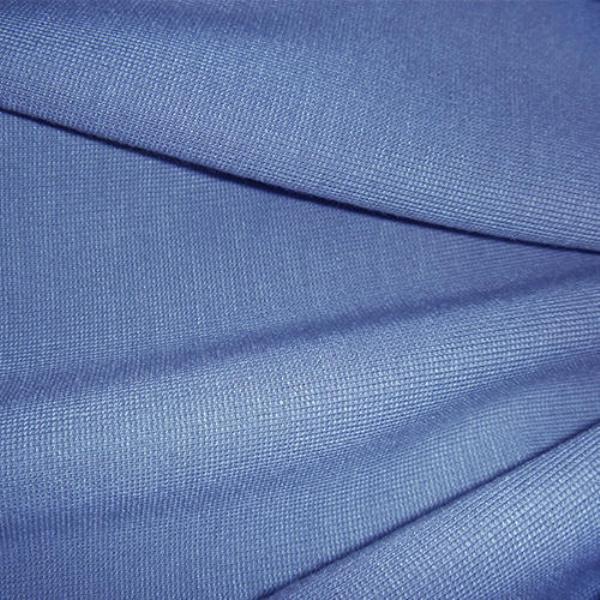
The textile industry has a plethora of fabrics. Each fabric bears special attributes and properties. One such fabric is the viscose, also known as rayon. Wood pulp is the main ingredient of the viscose fabric, which makes it difficult to be classified as either a natural or synthetic fabric. The wood pulp may be natural, but the manufacturing process, which inhales toxic fumes, is very much manmade. Viscose is most commonly used in making apparel such as dresses, blouses suits, sari, lingerie, scarves, etc.
Advantages of viscose:
Viscose is a soft, versatile, and absorbent fabric, which is known for its silk-like texture. It resembles silk in appearance and is as such ideal for those looking for a luxurious feel and style to their clothes at a less high price. The fabric is less expensive and gives a rich look.
It is breathable, just like cotton, making you feel comfortable, easy, and relaxed.
It is dyed easily to give beautiful shades. It also holds the dye after prolonged use and wash without making it fade or look dull.
When subjected to mild heat, the fibre of this fabric does not shrink. It is moisture-wicking.
It blends well with most fibres. When blended with polyester, it gives polyviscose, and when it is mixed with cotton, cotton viscose is produced. When viscose is blended with spandex, the fabric offers good stretchability.
It can be draped easily.
The absorbent property of viscose makes it useful for several industries, such as the fashion industry and hygienic disposable industry.
Another advantage of viscose is that it is a lightweight and airy fabric that does not stick to the body, which makes it perfect for summer dresses.
Although it does not trap heat, it absorbs water and sweat, which makes it good for workout clothes and sportswear.
Disadvantages of viscose
When washed in hot water, viscose can shrink. It also gets wrinkled easily. When exposed to heat and light, the fabrics fade and deteriorate. It is prone to mildew, and when wet, the fibres become weak.
The viscose fabric needs to be dry-cleaned in most cases. The fabric is made of natural material wood pulp, but the process of manufacturing involves the use of has chemicals and release toxic fumes, which pollutes and harms the environment in a big way.
The fabric is susceptible to bagging and does not regain its original form and shape once stretched. The fabric is not fit to be used in home furnishing purposes due to its easy susceptibility of stretching and because it is not a very strong fabric.
The moisture-wicking property of the fabric may result in spots on the fabric, which is not easy to remove and can leave permanent stains.
The above pros and cons on viscose will help you in a better understanding of the fabric when you decide to buy the fabric from the viscose Lycra fabric supplier, without any confusion or doubts in your mind.
